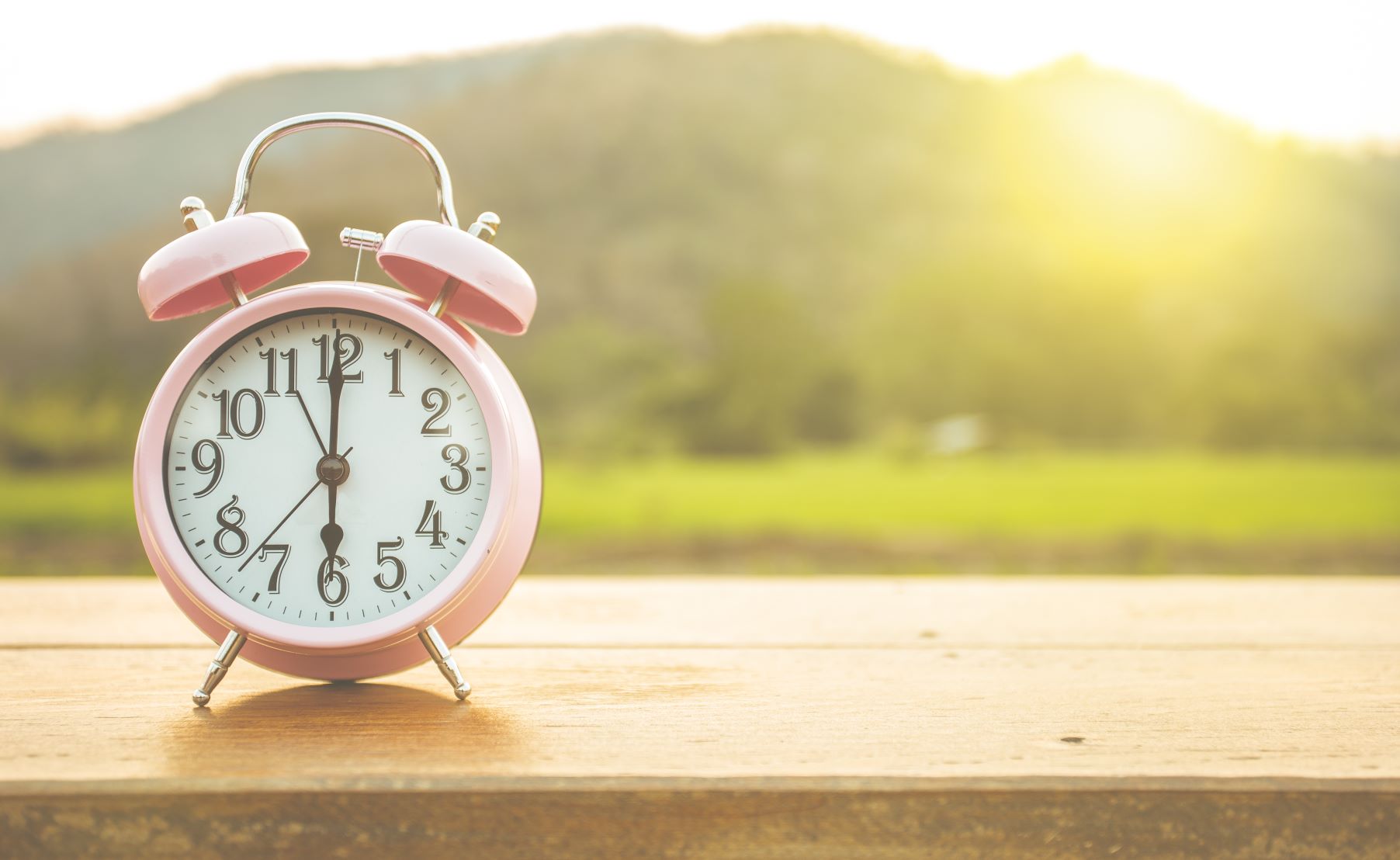On March 10, 2019, millions of people around the world will “spring forward” when Daylight Saving Time begins. Observed in an estimated 70 countries, Daylight Saving Time is the practice of turning the clock ahead as warmer weather approaches and back as it becomes colder again. It was initiated so people would have one more hour of daylight in the afternoon and evening during the warmer season of the year.
While many view Daylight Saving Time (DST) is a tired topic – and are most concerned with gaining and losing an hour of much needed sleep – here is some surprising information about DST that is not common knowledge.
Fact or Fiction? Benjamin Franklin first suggested the concept of DST while living in Paris.
FACT! While this is true, many believe he was half joking in the spring of 1784 when he wrote a satirical essay published in the Journal de Paris. In the essay, titled “An Economical Project,” he writes of the thrifty benefits of daylight versus artificial light suggesting that people could save money on candles and lamp oil.
Fact or Fiction? The United States was the first country to adopt DST.
FICTION! In 1916, Germany became the first country to embrace DST as an effort to conserve coal during World War I. Soon after, England and other European countries followed suit. It wasn’t until 1918 that the United States began practicing DST. Another interesting nugget…following wartime the U.S. ceased official observation of the switch until the Uniformed Time Act of 1966 which promoted the adoption and observance of uniform time within the standard time zones.

Fact or Fiction? All 50 states observe DST.
FICTION! And just in case time zones weren’t confusing enough…
- In 1967, Hawaii abandoned the law because the sun rises and sets at about the same time every day so they enjoy more daylight hours all year round
- Only part of Arizona – the Navajo Nation which covers the northeastern part of the state – observes DST. The rest of the state doesn’t
- Several U.S. territories such as the commonwealths of Puerto Rico and the Northern Marina Islands; the U.S. Virgin Islands; American Samoa; and Guam also refrain from observing Daylight Saving Time
- Many states including Alaska, California, Massachusetts, Texas, Iowa and more are looking into ditching DST
Fact or Fiction? Many of us use DST to take care of basic home maintenance.
FACT! Some of the most popular items on this “Honey Do” list include:
- Deep clean and unclutter – In addition to a good scrub down from the attic to the basement, this is a great time of year to clear out and freshen up your home while making decisions about what to keep and what to get rid of.
- See you on the flip side – A great way to extend the life of your bed, experts suggest you flip and rotate your mattress to even out the overall wear and tear it is subjected to on a regular basis
- Replace batteries and change filters – According to the U.S. Fire Administration (USFA), smoke and carbon monoxide detector batteries should be replaced at least once or twice a year to ensure that they will work if there is ever a fire in your home. Household filters – such as furnace, HVAC, hood exhausts, clothes dryers, etc. – should also be cleaned and replaced on a regular basis to improve air quality around the home

Fact or Fiction? “Springing forward” and “falling back” can trigger health risks.
FACT! Research shows that circadian rhythm misalignments caused by the shift to daylight savings can impact many areas of your physical and mental health including:
- Increase risk of heart attack, stroke and susceptibility to illness
- Decreased satisfaction with life in general
- Sleepier kids
-
Overall “tiredness” can lead to an increase in:
- Car collisions
- Shift work injuries and accidents
- Cyberloafing or misusing internet access on the job

